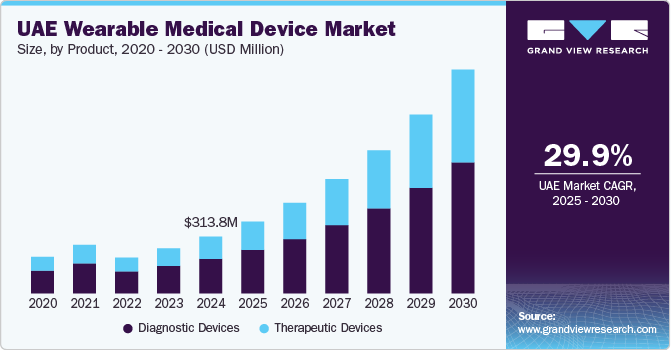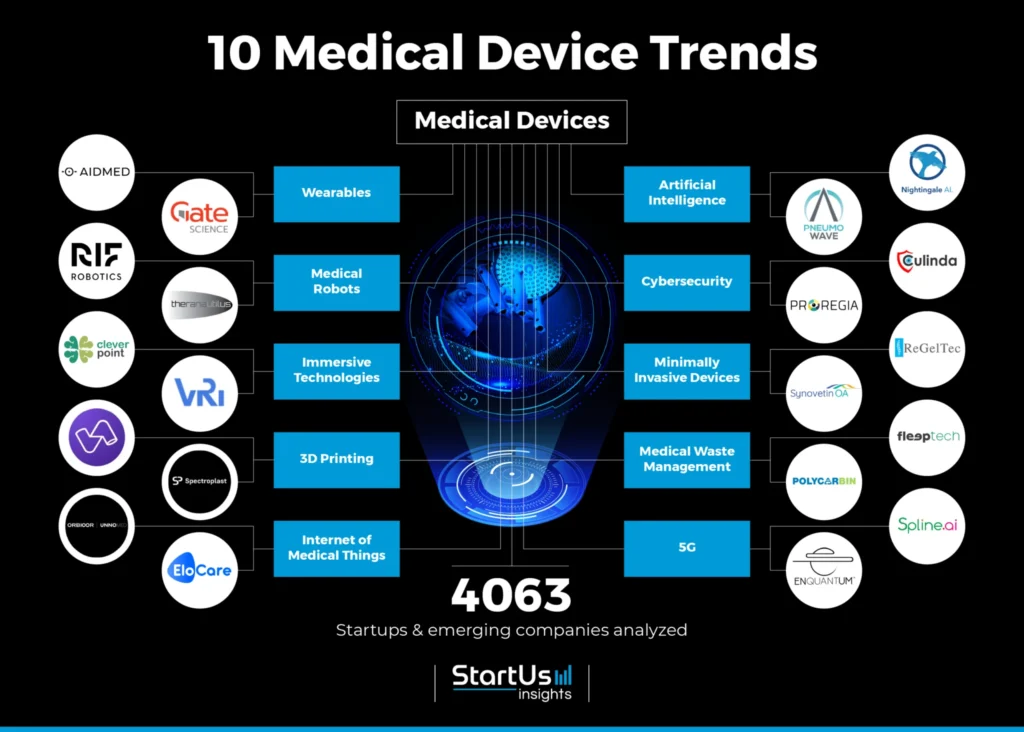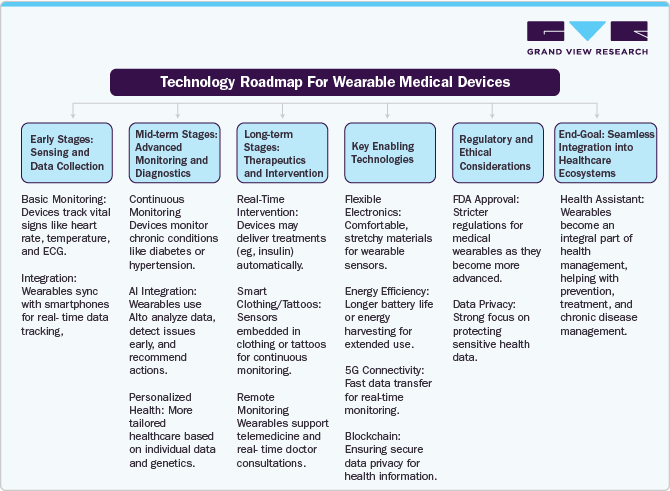Picture this: you wake up, slip on a ring or a watch, and instantly your health data starts flowing-heart rate, blood pressure, sleep quality, and more. In 2025, this is not science fiction but everyday life for millions. Wearable health monitors are rapidly changing how we manage our well-being, making healthcare more personal, proactive, and accessible than ever before.
Musumeci Online – The Podcast. It is perfect for driving, commuting, or waiting in line!
A Market on the Rise
The global wearable medical devices market is experiencing explosive growth. In 2024, it was valued at $42.74 billion, and by the end of 2025, it is expected to reach nearly $54 billion. To put this in perspective, that’s like the entire annual budget of a major city being spent on health wearables every year. Even more impressive, experts predict the market will grow at a rate of over 25% each year from 2025 to 2030-meaning the number of devices and users will more than double in just a few years.

What’s fueling this surge? Several trends are converging:
- Growing awareness of personal health
- The rise in chronic conditions like diabetes and heart disease
- A post-pandemic shift toward remote patient monitoring and telehealth
- Rapid advances in sensor technology and artificial intelligence
Beyond the Smartwatch: The New Generation of Wearables
While smartwatches have become almost as common as smartphones, the world of wearables is expanding fast. In 2025, you’ll find:
- Smart Rings: Sleek and discreet, these rings now monitor heart rate, blood pressure, hydration, and even blood sugar levels. Their comfort and style are making them a favorite for people who want health insights without a bulky device.
- Smart Glasses and Adhesive Patches: Imagine glasses that track your eye health or patches that continuously monitor your heart without any wires.
- Medical-Grade Devices: Devices like chest-worn biosensors can measure ECG, temperature, and more, sending real-time data to doctors for better chronic disease management.

How Technology is Making Wearables Smarter
At the heart of this revolution are new precision sensors and artificial intelligence (AI). Think of sensors as the “ears and eyes” of your wearable-they pick up tiny signals from your body. Thanks to miniaturization, these sensors are now more accurate and comfortable than ever before.
AI acts as the “brain,” analyzing your health data in real time. For example:
- If your stress levels spike, your smartwatch might suggest a breathing exercise.
- AI can spot irregular heart rhythms or predict the risk of a health issue before you feel any symptoms.
- Doctors can receive alerts if a patient’s condition changes, allowing for early intervention-even from miles away.

Real-Life Impact: Stories and Examples
Consider the story of a patient with heart disease who wears a smart patch. The device detects subtle changes in heart rhythm and sends an alert to their doctor, who adjusts medication before a serious problem develops. Or think of a busy parent using a smart ring to track sleep quality and stress, helping them make small changes for better health.
In hospitals, new wearables like the FloPatch ultrasound device are already being used to monitor blood flow in critical care, helping doctors make faster decisions for patients in need.
The Future: Wearables as Everyday Health Partners
The next wave of wearables promises even more:
- Cuffless Blood Pressure Monitoring: No more squeezing arm cuffs-just a ring or watch that checks your blood pressure anytime.
- Predictive Analytics: Devices that learn your habits and warn you about potential health risks, much like a weather app alerts you to storms.
- Personalized Insights: Recommendations tailored to your unique health trends, making healthy living easier and more achievable for everyone.
Why This Matters
Wearable health monitors are not just gadgets; they are becoming essential tools for better living. They empower people to take control of their health, support doctors in delivering care remotely, and help prevent serious conditions before they start. As these devices become more affordable and widespread, they promise a future where healthcare is truly personal, proactive, and always within reach.


Leave a Reply